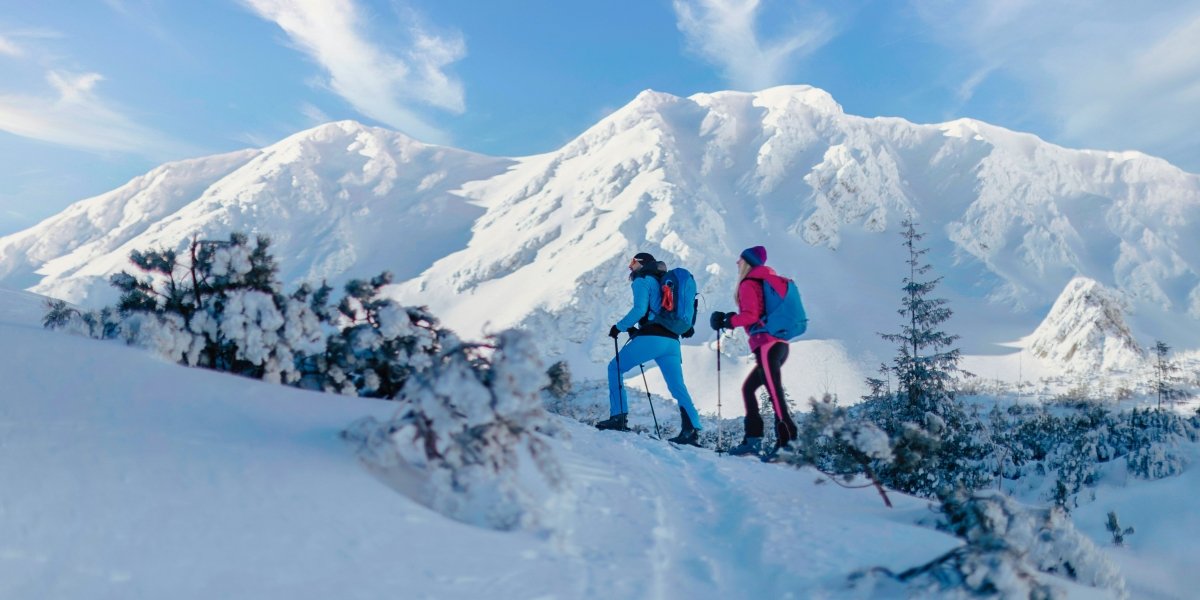The Western United States has not been this dry in at least 1,200 years, a situation so dire it has its own moniker: “megadrought.” Climate change is at least partly to blame, as are thirsty central valley crops, L.A. swimming pools, desert golf courses and, of course, the emerald-green American lawn.
According to federal officials, more than 94% of California is now in severe, extreme, or exceptional drought, and the state just experienced its three driest years on record, with a fourth on its way. But in the midst of what increasingly appears to be a hopeless situation, one startup is on a mission to restore natural landscapes, create food abundance, and change lives.
“People aren’t going to accept the status quo anymore,” says Justin West, co-founder and CEO of Thrive Lot, a home ecosystem platform. “They are quickly becoming aware of the impact that their surroundings have on their health, as well as the health of the planet.”
West and his company are taking aim at the traditional American turfgrass lawn. Despite the nostalgia, he points out that the soft, emerald-colored grass associated with these lawns is usually an invasive species that requires high-emissions maintenance and heavy chemical use. Grass both wastes water and pollutes nearby wells, ponds, lakes and groundwater while providing little to no food or habitat for pollinators or wildlife.
“The perfectly-manicured lawn has been elevated into a sentimental vision of American perfection,” West says. “But many Americans would rather be surrounded by the lush beauty of a natural landscape, particularly if that means increasing their self-sufficiency and health while also supporting all of the wildlife around them.”
Thrive Lot has won fans across the country by converting the standard-issue lawn or boring back patios into food-producing naturescapes. Some clients have even credited the company for making their kids happier — multiple studies have shown that spending time outdoors improves mental health.
West’s brainchild is not a traditional landscape architecture outfit, however. Via an online portal, Thrive Lot connects homeowners with vetted “Ecosystems Specialists” who travel to the client’s location to plot a kind of natural makeover.
“Their purpose is simple,” West says. “They are there to help transform traditional yards into beautiful, edible landscapes through ecological systems design.”
Where most people simply see green grass or a crystal-clear pool when it comes to their yard, West says that ecosystems specialists identify opportunities for natural systems to provide nourishment as well as a habitat for all life, not least of all the homeowner’s. “Diverse, dense, mature ecosystems create incredible value for homes and communities,” he says. “And native perennial pollinator habitats are both cheaper and easier to maintain than turfgrass. What our partners create is so much more valuable than what a swimming pool or an outdoor kitchen could be, and can work right alongside those features.”
West calls his team “passionate” about their purpose: building the tools to connect people who want to heal the world. He says that Thrive Lot’s customers end up eating more nutritious foods and being less reliant on fragile systems — benefits that surpass the enhanced curb appeal that is often a byproduct of revitalization. But best of all, he says, is something that cannot be advertised or anticipated — an instilled respect for the land and its endless possibilities.
Although essentially a technology platform, West describes Thrive Lot as more of a “movement” that is still in its infancy. “Leaving a positive impact on earth is, in a way, a radical mission,” he says. “But the first thing people can do is to replace their turfgrass and invasive ornamental landscaping with native, perennial, drought-tolerant plants.”
In light of California’s historic drought, West also has some surprising advice. “Eliminating the need for water is not the solution,” he says. “We don’t want to ‘desertify’ nature by getting rid of naturally occurring fauna and flora. Instead, we all need to create a sustainable ecosystem, wherever we happen to live. Soil holds water.”









